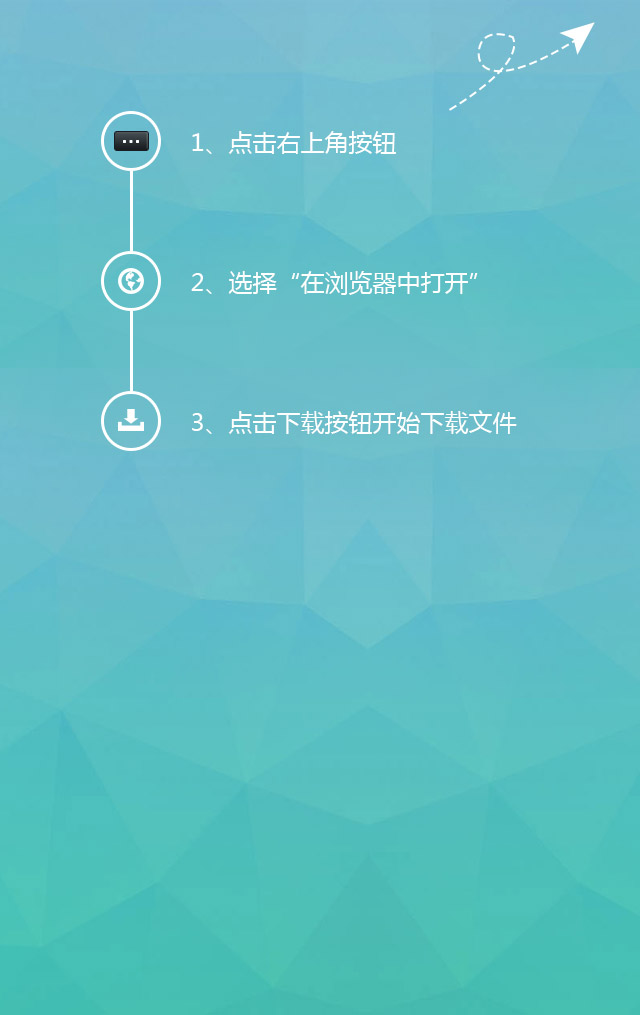Energy storage technology revolution: How Zeruoka cracked the impossible triangle of "safety cost lifespan"
Defining the technological paradigm of the next generation of energy storage systems from solid-state batteries to intelligent temperature control
1. Solid state batteries: the ultimate answer to high safety and high energy density
The average annual growth rate of global energy storage plant fire accidents is 23%, and safety anxiety is driving technological iteration. Zeruoka and the Chinese Academy of Sciences break through the bottleneck of quality and production in solid-state electrolysis of sulfides:
No risk of thermal runaway: The electrolyte can withstand temperatures up to 300 ℃, and there is zero ignition in needle puncture experiments (traditional liquid batteries have a thermal runaway temperature of about 150 ℃);
Energy density leap: Using silicon carbon anode, the energy density of the battery cell has exceeded 280Wh/kg (industry average 180Wh/kg), adapting to long-term energy storage needs;
Cost reduction path: After the mass production line is established in 2025, the cost can be reduced to 0.8 yuan/Wh (currently about 0.6 yuan/Wh for liquid batteries), and it will have economic viability after scaling up.
Case: The 100MW/400MWh solid-state energy storage demonstration project invested and built by Zeruoka in Qinghai has been running stably for 180 days, with an efficiency decay rate of only 0.01%/month, far below the industry average of 0.1%.
2. Intelligent temperature control system: an all climate adaptive "energy storage heart"
Extreme weather conditions lead to a 30% -50% decrease in energy storage system efficiency. Zeruoka's self-developed "sandwich liquid cooling+AI dynamic control" technology:
Precise temperature control: The temperature difference of the battery cell is controlled within ± 2 ℃ (traditional air cooling ± 5 ℃), and the cycle life is increased to 15000 times;
Half energy consumption: The comprehensive power consumption of the liquid cooling system is less than 3% (industry average 5% -7%), saving over 2 million yuan/MWh in annual electricity bills;
Extreme cold breakthrough: 90% discharge capacity retention rate in -40 ℃ environment, solving the energy storage dilemma in high latitude areas.
Application scenario: The 50MW/200MWh energy storage power station in Mohe, Heilongjiang Province, has a daily average charging and discharging efficiency of 88% in winter, supporting the stable operation of the border microgrid.
3. Circular Economy: From "Battery Grave" to "Urban Mines"
The global trend of retiring energy storage batteries is approaching, with an estimated 1.2 million tons by 2030. Zeruoka builds a "directed circulation+blockchain traceability" system:
Material regeneration: Lithium recovery rate of 98%, nickel cobalt manganese 99.5%, purity meets battery grade standards (reducing energy consumption by 70% compared to pyrometallurgical recovery);
Residual value assessment: AI based battery health prediction model with an error rate of less than 5%, resulting in a 40% increase in cascading utilization benefits;
Carbon asset monetization: For every 1 ton of battery recovered, 2.3 tons of carbon credits are generated, generating an annual revenue of over 50 million yuan.
Zero Carbon,vape battery,battery cell,v battery
Recommend
-

-

QQ Zone
-

Sina Weibo
-

Renren.com
-

Douban

